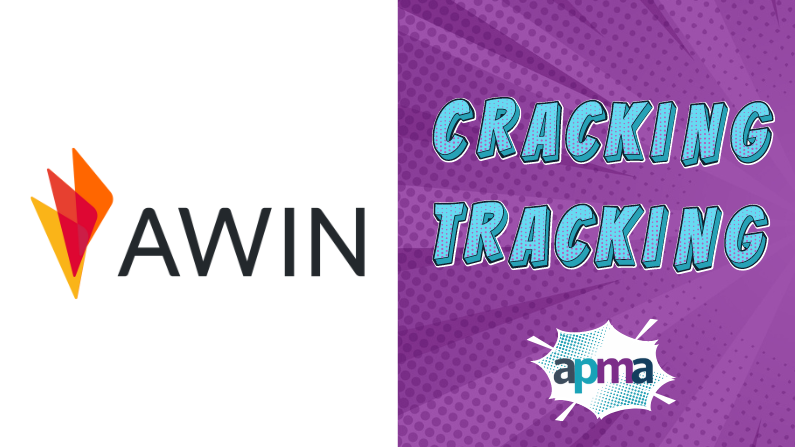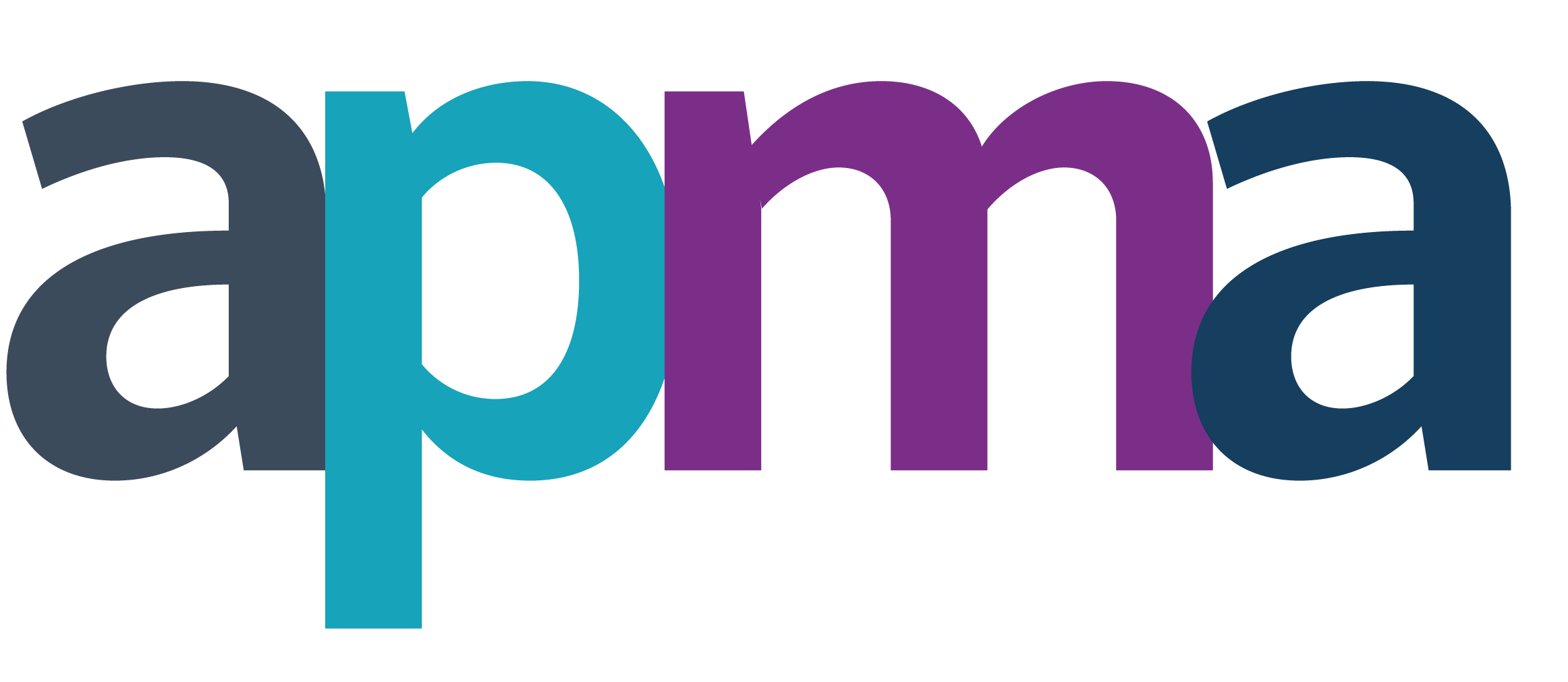
We spoke to Awin’s Alex Parmar-Yee, UK Strategy Lead, for our Cracking Tracking: Network Q&A.
In one sentence, what makes your tracking so good?
Our tracking stands out for its versatility, offering advertisers three distinct methods—MasterTag, Server Side, and our innovative Conversion API—to seamlessly integrate first-party cookie tracking, ensuring maximum flexibility and effectiveness tailored to their needs.
Now explain to me how it works as if I’m a five-year-old…
Imagine you really like telling friends about a cool toy or yummy snacks at a shop. When your friend buys those things the shop keeper may choose to give you a present from the money they made. They will need to ask your friends if you told them about the store and then do some sums to work out how much they can give you as a present. Now, if you tell your friends about toys and snacks on a computer or iPad the person selling them can’t tell who your friends are. So a helper friend called a “network” helps out. When you share a special link to go to the shop on your computer the network puts a special digital sticker onto your friend. When your friend buys something on their computer or iPad using your special link, the helper friend can see they are wearing the sticker and keeps a track of what they bought. They can then help the shop keeper do the sums for your thank you present for bringing them a customer.
How are we going to get rid of third-party cookies from the affiliate channel once and for all?
By embracing Google’s shift away from third-party cookies, we’re seizing the opportunity to align the industry towards more robust and reliable tracking methods, ensuring the longevity and integrity of affiliate marketing channels.
What should best-in-class tracking do?
The best tracking needs to firstly be something that is reliable and has multiple sources to account for any redundancy. For example, it’s essential to have tracking via first-party cookies and Awin’s MasterTag, but we also recommend the use of Server Side Tracking and our Conversion API to supplement and enhance the quality and reliability. It’s also important to ensure that tracking works for a variety of customer journeys whether that is purchasing via an app with app tracking, via a phone through call tracking or in-store using something like card linking or open banking. We also believe that tracking should empower excellent decision making through capturing an appropriate level of detail about journey and transactions. Data tracked should be able to feed into programme insights as well as being used for dynamic commissioning. That being said this should all be done respecting data privacy and regulations.
Tell us some of the work you’re doing to push its adoption.
We’re leveraging strategic partnerships with a number of technology experts to enhance tracking capabilities and provide even more seamless integrations solutions to ensure the best tracking is also easy to implement. We’re also dedicated to educating advertisers to ensure they’re set up correctly from the get-go, providing comprehensive guidance to maximise their tracking effectiveness and campaign success. With our focus on education and support, advertisers can confidently navigate the affiliate marketing landscape with ease and precision. For existing advertisers we’re proactively monitoring for gaps in their tracking setups and working with them at multiple levels to prioritise upgrade, whether it is getting sign off with the head of marketing, moving us to the top of the dev queue with someone technical or educating day to day clients on the impacts to publishers.
App tracking tends to get overlooked. What are you doing to make sure it doesn’t?
We’re ensuring that app tracking receives the attention it deserves through our dedicated strategic partnerships team, actively pushing app partners to ensure the highest quality setup and widespread adoption. Moreover, we’re committed to transparency in our directories, clearly indicating which advertisers offer app tracking capabilities. This empowers publishers to make informed decisions about which advertisers to promote, fostering trust and driving successful partnerships. With our focus on quality, transparency, and strategic partnerships, we’re elevating the standards of app tracking within the affiliate marketing ecosystem.
There’s so much confusion about tracking because every network uses different terms. Is it essentially all the same?
While terminology may vary across networks, a lot of the core capabilities and approaches are consistent. However, the additional layers in terms of enhanced data and additional tracking redundancies can vary. Despite the depth to our tracking solution, we strive to clarify and simplify these concepts for our clients, ensuring everyone speaks the same language when it comes to maximising their affiliate marketing efforts.
What does the future of affiliate tracking look like?
The future of tracking is all about deeper connections with advertisers whilst maintaining flexible integration options. So I expect closer integrations with advertiser systems. In addition future tracking needs to remain flexible able to adapt to the pace of change of technology, innovation and the ways consumers interact with the internet.
Thank you to Alex, if you have any questions or would like to get in touch, please email them.


